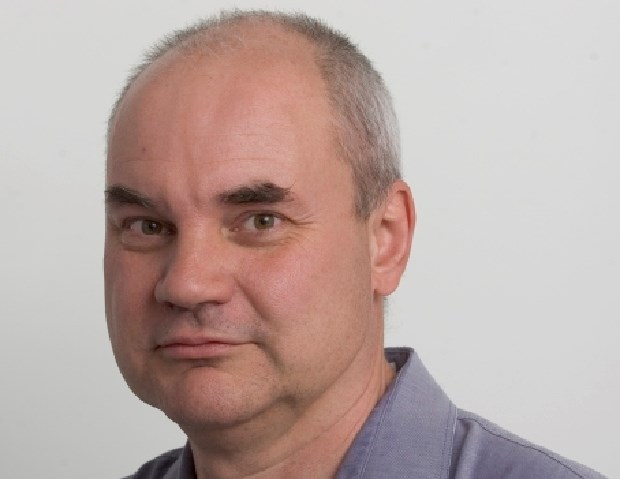Chuutsqa Layla Rorick’s dad was semi-fluent in the Nuu-chah-nulth language, but the girl herself didn’t speak it when growing up on the Hesquiaht reserve at Hot Springs Cove, up the coast past Tofino.
It wasn’t until she was an adult, after a spell living in Haida Gwaii, that something pulled her back to her community specifically to learn the old tongue from elders there.
It wasn’t easy. “My brain felt like it hurt so much,” she says. But now, eight years later, she’s a high-intermediate learner of Nuučaańuɫ, as the linguists write it, and glad she made the effort. History and concepts, such as that of gratitude, are woven into the language — and therefore the culture — in a way that doesn’t come across in English. “There’s a very rich knowledge base.” Lose the language and you lose those perspectives.
Hence, Chuutsqa was excited this week to announce that four of her fellow Hesquiaht — one in Hot Springs Cove, one in Victoria, two in Port Alberni — have just teamed up with elders to learn Nuu-chah-nulth. These mentor-apprentice relationships — the younger person drawing the ancient-but-fragile language out of an older fluent speaker — are a great way to keep the thread unbroken.
They also reflect two trends found in a new report on the status of B.C. Indigenous languages.
The first, as expected, shows a continuing decline in the number of mostly older people who are still fluent in any of the 34 languages and more than 90 dialects native to British Columbia.
The second, though, shows a big jump in younger people striving to learn them.
Both findings are in the report just released by the Brentwood Bay-based First Peoples’ Cultural Council, a provincial Crown corporation that has been leading language-revitalization efforts.
The report describes all the languages as “critically endangered.” Just 4,132 B.C. residents — three per cent of the population of the Indigenous communities that responded to the survey — were said to be fluent. Rates are even lower on Vancouver Island. For example, only seven people, or 0.2 per cent, remain fully comfortable in any of the five related Straits Salish dialects — T’Sou-ke, Malchosen, Lekwungen, SENCOTEN, and Semiahmoo — traced from Sooke to the tip of the Saanich Peninsula and over to Tsawwassen and Surrey.
Farther afield, 108 members of the Nuu-chah-nulth communities on the west coast are fluent, as are 139 speakers of Kwak’wala, the language of the Kwakwaka’wakw in the inner coast and islands from Campbell River north.
Another 47 are fully conversant in the language of the K’omoks-Sliammon (found from the Comox Valley across to the mainland). Ditto for seven Ditidaht people from the Nitinat Lake area.
Hul’q’umi’num’ — found, with some dialect differences, from Cowichan Bay to Nanoose — is one of three related Coast Salish dialects (the other two are on the Lower Mainland) in which a total of 93 people reported fluency.
Here’s the flip side, though: More than 10 per cent of B.C.’s Indigenous people, most of them under age 24, are studying their traditional languages. Those involved in the process speak not just of preserving those languages through devices like the FirstVoices digital archive, but revitalizing them. They are firm in their belief that theirs is not a rear-guard action in a lost cause.
“We very pointedly do not frame the conversation in that light,” says Aliana Parker, the language programs manager at the First People Cultural Council. Instead, she sees a slow but steady tide change from the not-that-long-ago time when Aboriginal languages were deliberately suppressed in residential schools to today, when officialdom has thrown its weight behind the efforts. The federal government is working on granting official status to Indigenous languages. The province just pumped $50 million into revitalization.
Most importantly, there’s grassroots interest. Almost 5,000 children in B.C.’s First Nations-run schools get language instruction. Three schools, including one on the Saanich Peninsula, offer immersion programs (the University of Victoria has a degree program for Indigenous language teachers). Revitalization efforts are happening, to one degree or another, in all Indigenous communities. “I’m very positive,” Parker says. “There are still fluent speakers for every one of these 34 languages.”
Why the resurgence? Maybe it comes down to the consequences of not trying. For most of us, failing to learn our ancestral language is no big deal; it will still survive back in the Old Country. The stakes are higher in Indigenous communities, which brings a pressure that can be both motivating and intimidating.
For Chuutsqa, it’s the former: “I’m super-hopeful. I feel like my dreams are just coming true.”



